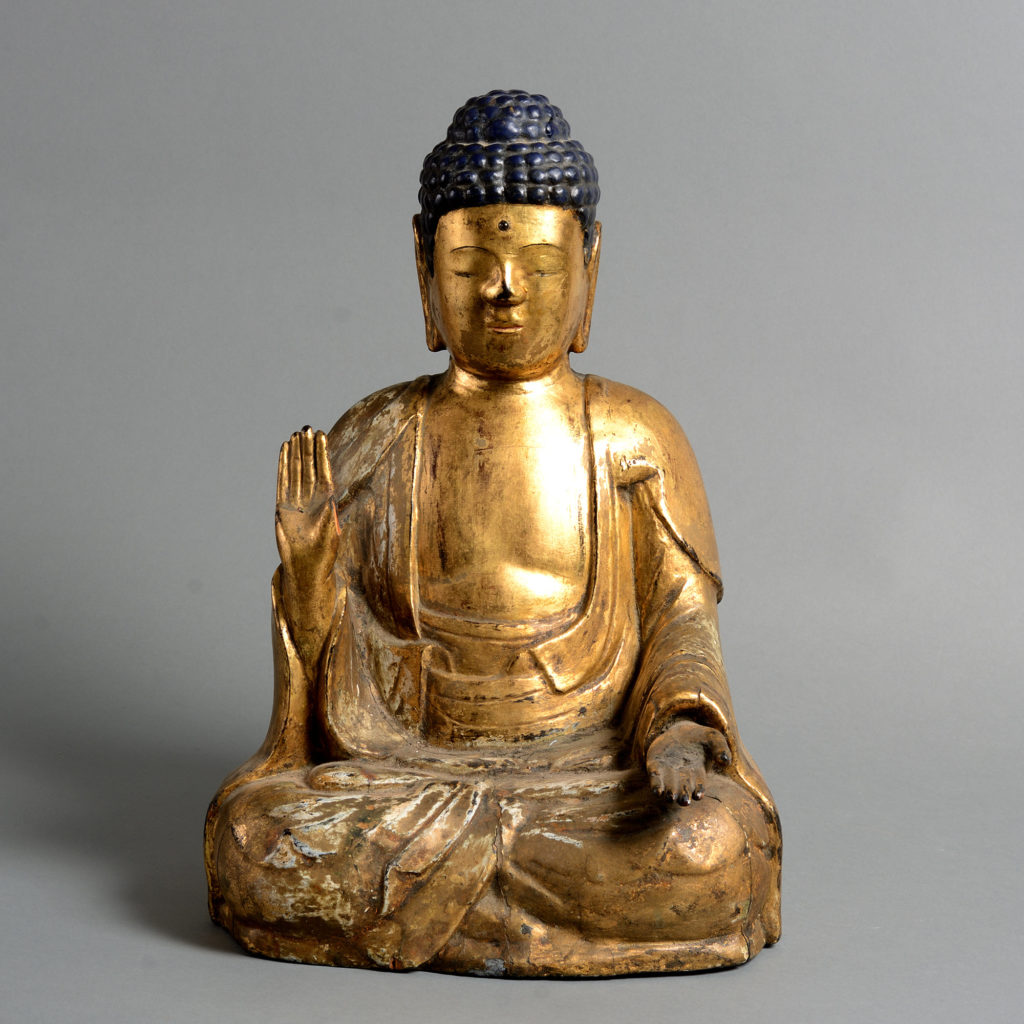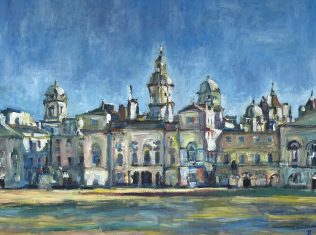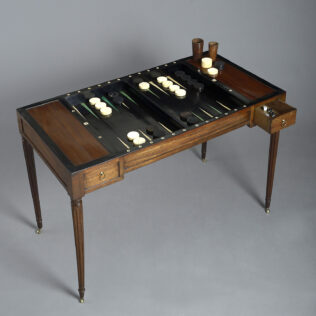Pictures, Techniques
The Alchemy of Water Gilding and Oil Gilding
The practise of gilding is an old art dating back at least 3000 years in Egypt where it was used in the decoration of woods, metals and paintings of the period. Ancient Egyptian paintings even illustrate gilders at work, revealing methods similar to techniques used in the present day.
Gilding is distinguishable from any imitation forms of gold because genuine gold leaf never loses its shimmer whereas imitation gold will always darken in time, even if varnished.
There are two main types of gilding: oil gilding and water gilding. Oil gilding, used for general decoration and applicable to most building surfaces, is the only type of gilding which can withstand a moist atmosphere or the elements of the outdoors. Any surface which can be varnished or painted can also be oil-gilded and for this reason, combined with the ease of the process, it is commonly used. A linseed oil-based glue is applied to a gesso base and gold leaf is applied on top which is then buffed. Examples can be seen in external sculptures, fountains and architecture.
Water gilding, however, is more complex and is commonly used for furniture, picture frames and internal decoration. It is a lengthy process requiring several stages of preparation including many layers of gesso and sanding with often contrasting finishes of matt and bright gilding to enhance various areas of detail to enable them to shimmer.
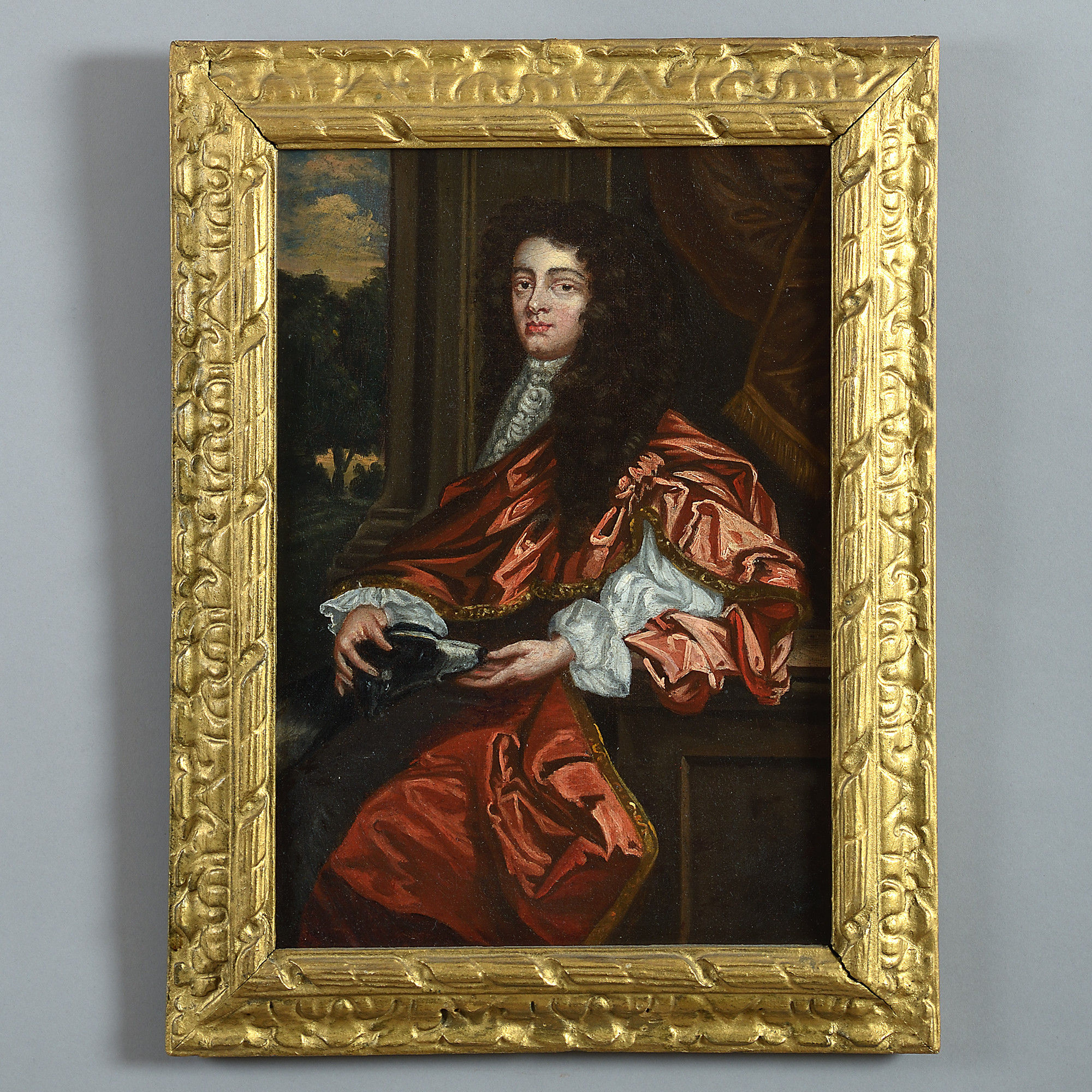
This 17th Century portrait, in the manner of Godfrey Kneller, has been framed with a carved, giltwood frame that has been water gilded. In this case, the frame echoes the gold brocade of the sitter as well as complementing the rich silks of the sitter’s fabric. It is a perfect example of how a gilded frame enhances a portrait.
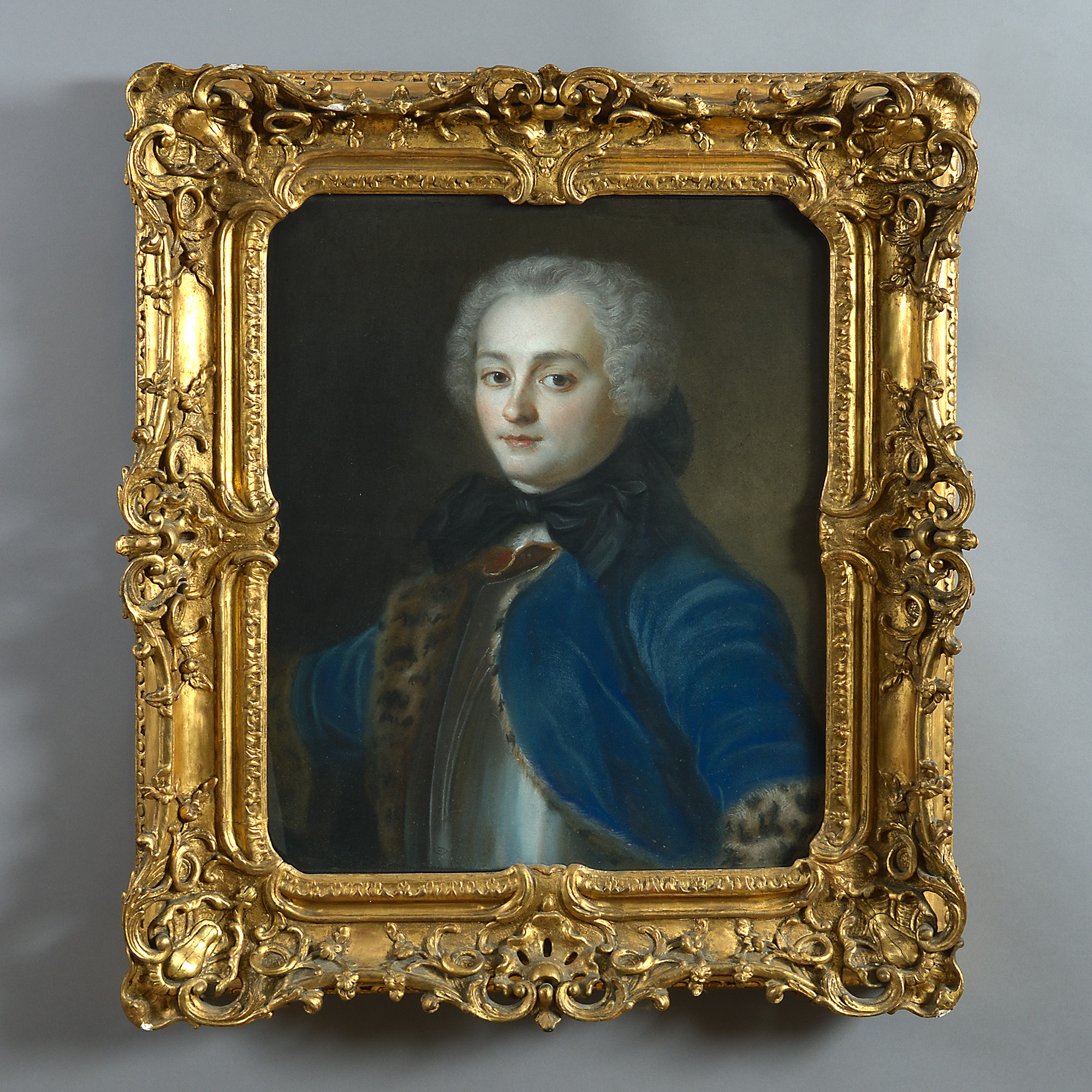
Similarly, this 18th-century pastel portrait, is remarkably sensual with tangible fabrics such as the sitter’s velvet and fur and the highly ornate gilt frame magnifies his affluence. In this case the gilder has employed the matt and burnish technique whereby the raised, detailed areas of the frame have been highly polished.
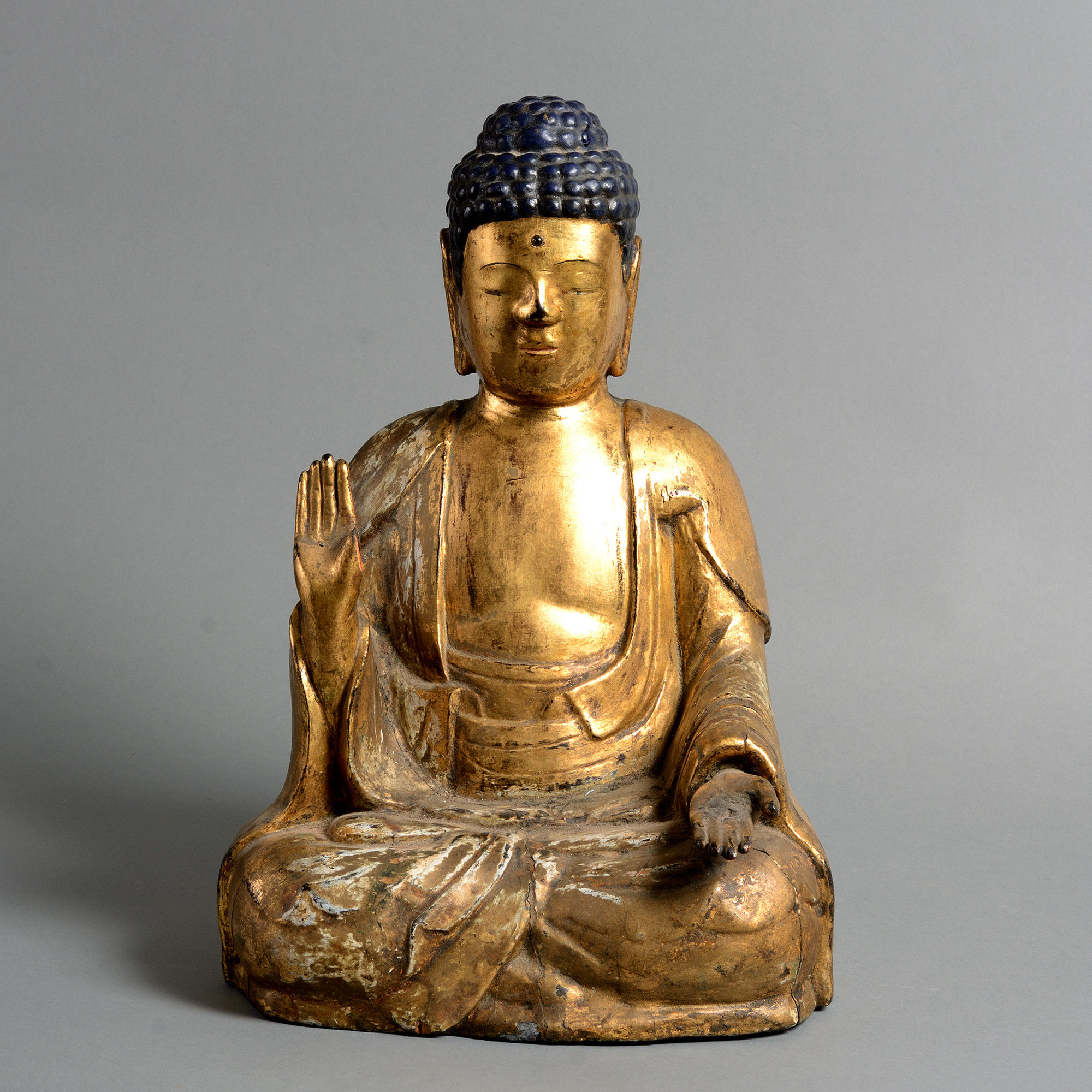
This 19th century Japanese Buddha has been water gilded and its under layers of brown-toned ‘bole’ and white gesso are revealed at various points on the Buddha’s fabric adding texture and depth to the figure.
The art of gilding unites all the arts and continues to be used in architecture, interior decoration, furniture and art into the 21st century. Owing to the wealth of antiques and architecture, continued restoration practices worldwide, as well as the continued draw to gold, the art of gilding will continue for at least as many centuries as it has existed.

